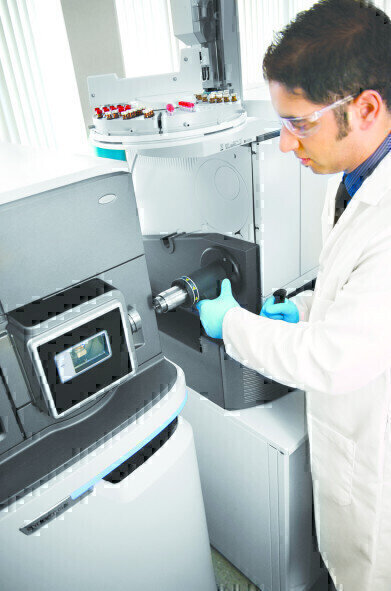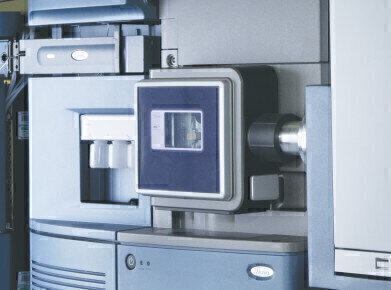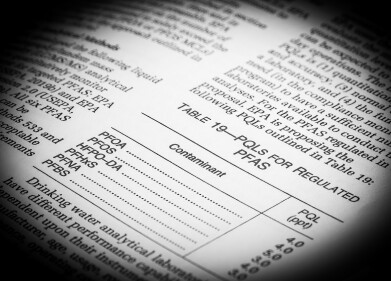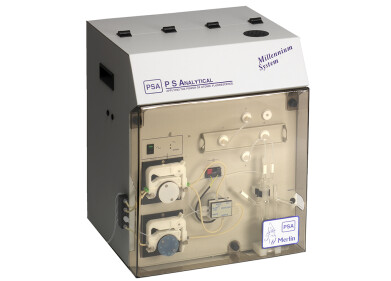Environmental laboratory
No Compromise GC-MS - Atmospheric Pressure GC (APGC)
Mar 12 2014
Ever-tightening environmental regulations have led to increased sensitivity requirements from commonly utilized analytical techniques such as GC-MS. Additionally, there is a need to reduce the injected volume of samples in order to minimize matrix effects and the contamination of instrumentation.
GC–MS is commonly applied for non-polar, volatile, and thermally stable compounds, and ionization in GC–MS normally occurs under vacuum conditions using either electron ionization (EI) or chemical ionization (CI). APGC is a technique that operates at atmospheric pressure and uses a soft ionization process which can provide abundant molecular ions that in most cases can be used as precursor ions in MRM experiments for multi-residue GC-MS/MS analysis.
APGC is an ionization source for Waters' Xevo and SYNAPT mass spectrometers that provides access to ultra-trace quantification, comprehensive qualitative MS & MS/MS, and high-resolution, ion-mobility separations.
Key features/benefits:
- Lower levels of fragmentation compared with traditional EI: Coupled with Waters' Xevo TQ MS or Xevo TQ-S, APGC enables low-level quantification of persistent organic pollutants that have proved challenging to analyse using traditional EI+ GC-MS systems.
- Analyse both GC and LC compounds on a single MS platform: Whether you need to reach ultra-trace levels in complex samples, or perform a complete LC and GC screen to get the maximum information from your sample, changeover from LC to GC is fast and easy, and since APGC is not a vacuum technique, equilibration time between modes of operation is kept to a minimum.
- Achieve ultra-trace detection levels using APGC and Xevo TQ tandem quadrupole MS, This allows compliance with regulatory limits and the ability to inject less sample matrix.
- High-resolution, ion mobility separations with APGC and SYNAPT G2-Si allow you to use the collision cross section (CCS) of a molecule to provide significant enhancements in sensitivity, separation, specificity and structural insight.
Application areas include the detection of multi-residue pesticides, dioxins, furans, and PCBs. - In this technology brief, a novel technique is presented for low-level quantification of challenging persistent organic pollutants (POPs) using Atmospheric Pressure GC (APGC), coupled with the Xevo TQ MS or Xevo TQ-S.
For more information on how APGC is , see the video, or download the white paper.
Digital Edition
AET 28.4 Oct/Nov 2024
November 2024
Gas Detection - Go from lagging to leading: why investment in gas detection makes sense Air Monitoring - Swirl and vortex meters will aid green hydrogen production - Beyond the Stack: Emi...
View all digital editions
Events
Jan 20 2025 San Diego, CA, USA
Carrefour des Gestions Locales de L'eau
Jan 22 2025 Rennes, France
Safety, Health & Wellbeing LIVE
Jan 22 2025 Manchester, UK
Jan 25 2025 San Diego, CA, USA
Jan 29 2025 Tokyo, Japan




















